Comparing a mid-range card to a high-end card almost always proves the latter to be better, and that’s the case in this RX 580 vs GTX 1660 Super comparison as well. Even though the RX 580 is a mid-range card, it offers performance that rivals some high-end cards, so naturally, I decided to test it against one of the better GTX cards ever made, the GTX 1660 Super.
In this GTX 1660 Super vs RX 580 battle, I’ll explain why the GTX 1660 Super is the better card even though the RX 580 seems better on paper. There are several reasons why gamers prefer Nvidia cards, and this RX 580 vs 1660 Super comparison features a couple of prime examples. So let’s get to it.
RX 580 vs GTX 1660 Super – Quick Comparison
| Radeon RX 580 | Specs | Geforce GTX 1660 Super |
|---|---|---|
| Polaris 20 XTX (215-0910038) | GPU | TU116-300-A1 |
| PCIe 3.0 x16 | Interface | PCIe 3.0 x16 |
| 2,304 (Stream Processors) | Cores | 1,408 (CUDA Cores) |
| 144 | TMUs | 88 |
| 1,257 MHz | Base Clock (Founders Edition) | 1,530 MHz |
| 1,340 MHz | Boost Clock (Founders Edition) | 1,785 MHz |
| 8 GB GDDR5 & 4 GB GDDR5 | Memory | 6 GB GDDR6 |
| 2,000 MHz (8 Gbps effective) | Memory Speed | 1,750 MHz (14 Gbps effective) |
| 256.0 GB/s | Bandwidth | 336.0 GB/s |
| 256-bit | Memory Bus | 192-bit |
| 185 W | TDP (Founders Edition) | 125 W |
| 500 W | Required PSU (Founders Edition) | 450 W |
| 75℃ (167℉) | Max Recorded Temp (Founder Edition) | 71℃ (159.8℉) |
| 45.7dB | Max Fan Noise (Founders Edition) | 45.6dB |
| 1x HDMI 2.0b 3x DisplayPort 1.4a | Outputs (Founders Edition) | 1x DVI 1x HDMI 2.0 1x DisplayPort 1.4a |
AMD Radeon RX 580
The AMD Radeon RX 580 is a mid-range card released back in 2017 that offers performance that rivals some high-end Nvidia cards. The RX 500 series was the last to feature GCN architecture and the first to offer HBM2 (High Bandwidth Memory). It was VR and HDR-ready and supported DirectX 12, which supports every title to this day.
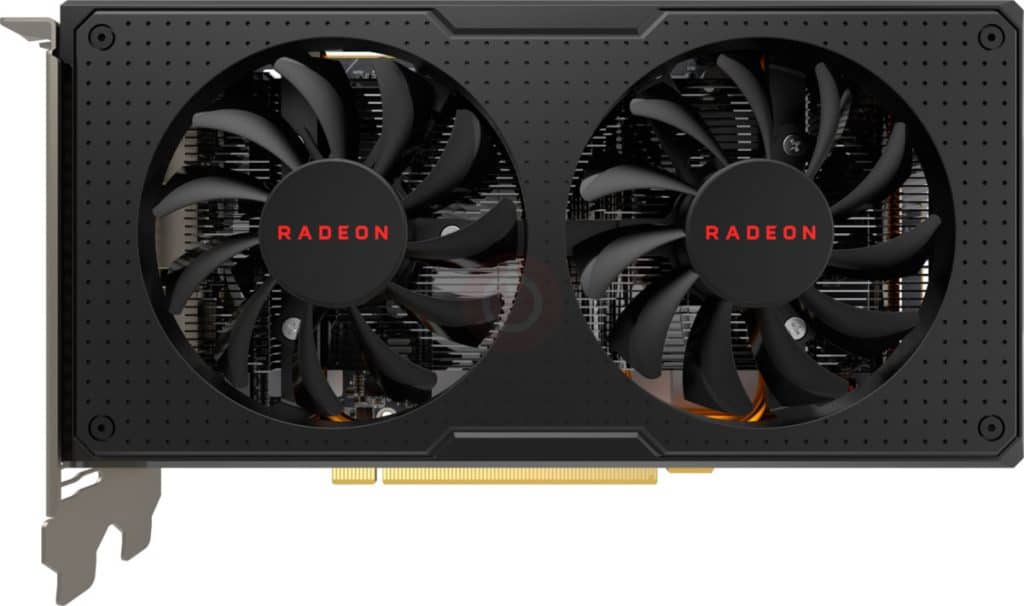
AMD is a very experienced player in the PC market, founded over 50 years ago. It designs CPUs, GPUs, motherboard chipsets, embedded systems, cloud infrastructure, and more.
Pros:
- More cores
- Larger VRAM
- More outputs
- More TMUs
Cons:
- Higher TDP
- Slower VRAM
NVIDIA GeForce GTX 1660 Super
The Nvidia GeForce GTX 1660 Super was released in October 2019 as the second-best performer of the GTX 16 series, offering impressive clock speeds and a fast memory configuration. It was also one of the GTX cards that received a DirectX Raytracing update. Its performance surpasses the RX 580, RX 590, and a few newer cards from both AMD and Nvidia.
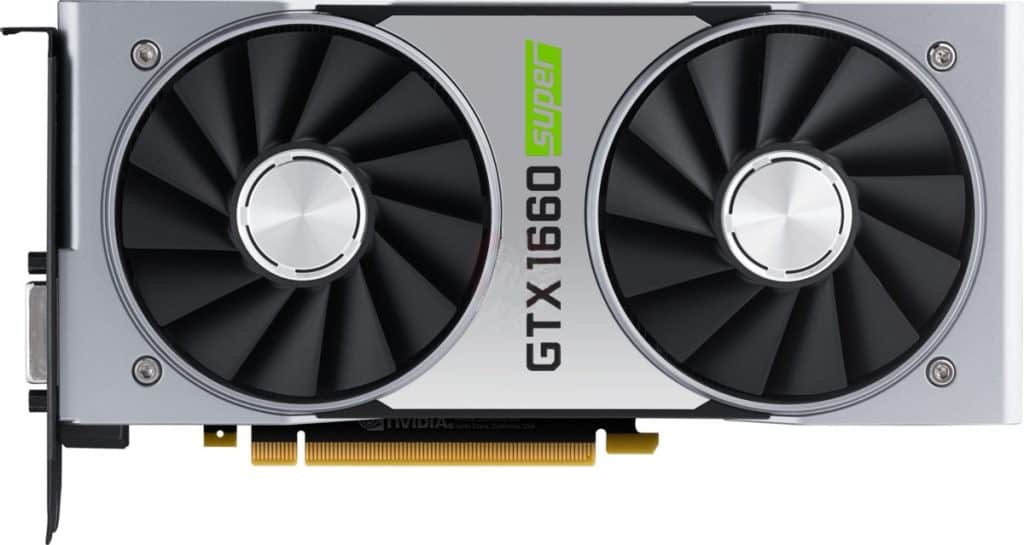
Nvidia was the first company to develop a GPU. It has now shifted focus to powering AI development, machine learning, deep learning projects, and data centers.
Pros:
- Higher clock speeds
- Faster VRAM
- Better performance
- Smaller TDP
Cons:
- Fewer outputs
- Smaller VRAM
1660 Super vs RX 580: Key Specifications
Architecture
Polaris 20
The RX 580’s second-generation Polaris (GCN 4.0) is a slight upgrade from the original (present in the RX 400 series), offering an average 10% boost in performance compared to its predecessor. AMD relied on improvements in manufacturing to gain this performance boost while basically using the same hardware.
Turing
Turing debuted in the RTX 20 series in 2018. Turing in the GTX 16 series is not that Turing. It doesn’t feature RT or Tensors Cores (the hallmarks of the RTX 20 series) but still carries a lot of the bells and whistles that Turing offers.
Winner: GTX 1660 Super
Also Read: What are the differences between GTX and RTX
Clock Speeds & Overclocking
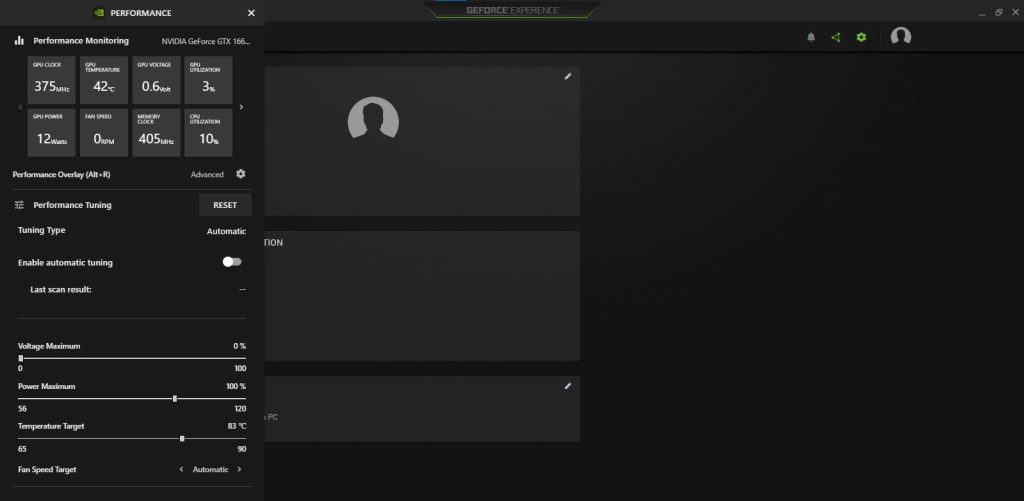
Clock speeds are the operating frequency of components such as GPUs, CPUs, RAM, or VRAM. The higher the frequency, the better. Today’s GPUs have dynamic clock speeds that fluctuate between “base” and “boost” clock speeds. They used to be only static, and we all had to resort to overclocking to achieve higher speeds and better performance.
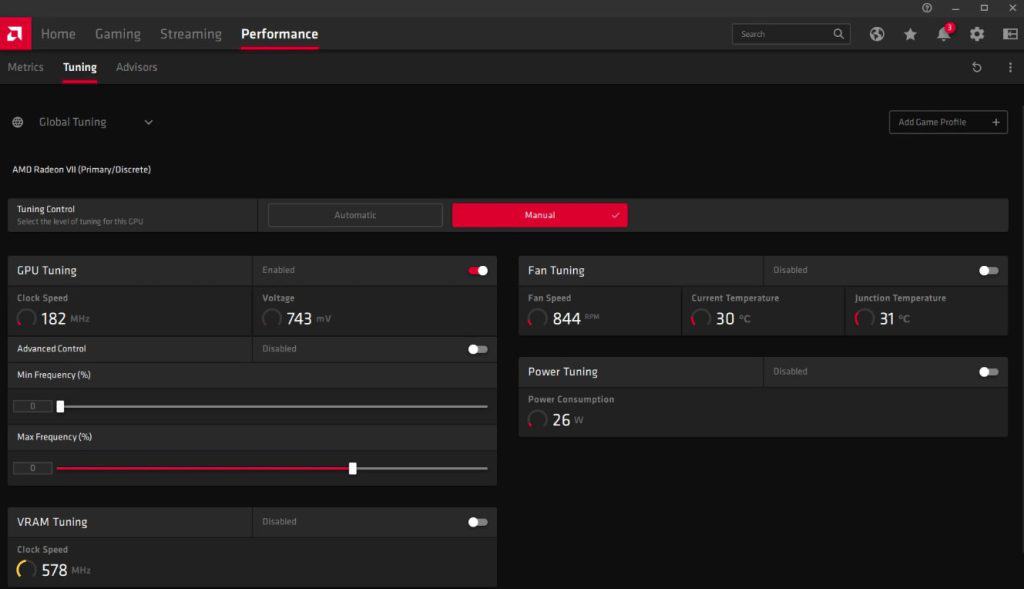
The RX 580 Founder Edition (FE) has a base clock of 1,257 MHz and a boost clock of 1,340 MHz. The GTX 1660 Super FE has a base clock of 1,530 MHz and a boost clock of 1,785 MHz. Think of these numbers as guidelines. Games with low requirements won’t need the full might of your card, and you’ll notice it working below the base speed. Your card will also reside at around 300 MHz when idle (don’t worry, it’s not broken).
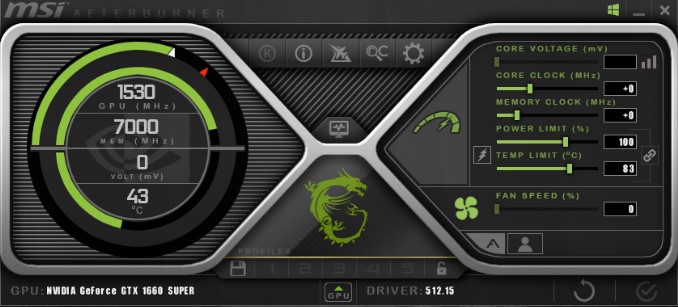
Similarly, the boost clock will be easily surpassed by your card (without overclocking) as long as temperatures are below TDP. Mine regularly jumps 150-200 MHz above the boost clock without any intervention from me. If this is not enough for your appetites, you can overclock your card using dedicated software from Nvidia, AMD, and third-party manufacturers such as MSI (Afterburner).
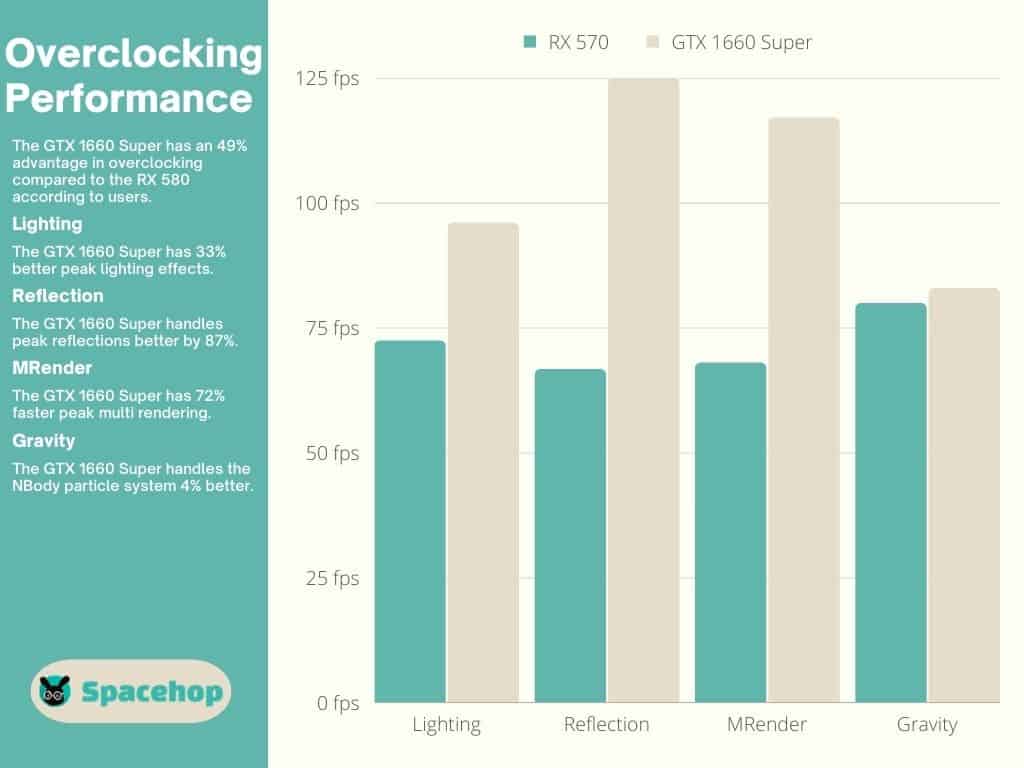
Most third-party variants come factory-overclocked with higher boost clock speeds. The 1660 Super FE beats the RX 580 FE in clock speeds, and its third-party variants beat the RX 580 variants by an even larger margin. The GTX 1660 Super is the better manual overclocker, according to user tests, beating the RX 580 by 49%. You can find a list of the best third-party (overclocked) variants in the table below.
| Best RX 580 Variants | Boost Clock | Best GTX 1660 Super Variants | Boost Clock |
|---|---|---|---|
| Sapphire NITRO+ RX 580 Limited Edition | 1,450 Mhz | GIGABYTE GTX 1660 SUPER GAMING OC | 1,860 MHz |
| XFX GTR-S RX 580 Black Limited Edition OC+ | 1,450 Mhz | ASUS ROG STRIX GTX 1660 SUPER GAMING OC | 1,845 MHz |
| Dataland DEVIL RX 580 OC | 1,439 MHz | ZOTAC GTX 1660 SUPER AMP | 1,845 MHz |
| MSI RX 580 GAMING X+ | 1,431 MHz | ASUS DUAL GTX 1660 SUPER EVO OC | 1,830 MHz |
| HIS RX 580 XTR IceQ X2 Roaring Turbo | 1,430 MHz | ASUS DUAL GTX 1660 SUPER MINI OC | 1,830 MHz |
Winner: GTX 1660 Super
Also Read: How to Safely Undervolt your CPU and GPU
Cores Configuration
Before 2004, GPUs had equal numbers of main cores (CUDA or Stream), TMUs (Texture Mapping Units), ROPs (render output units), and SMs (streaming multiprocessors). After 2004, GPU manufacturers decoupled these segments and started using more “main” cores and fewer of the rest.
The main cores in the RX 580 are called Stream Processors, and there are 2,304. The main cores in the GTX 1660 Super are called CUDA Cores, and there are 1,408 of them. It seems strange that a card with fewer cores and a smaller VRAM can achieve better performance, but it can. This is because counting cores is not enough.
Shaders
Cores are often counted as shaders, and that’s because shaders are the generic languages that utilize cores to create lights, shadows, and many other aspects of 3D rendering. One of the reasons why the 1660 Super performs better than the RX 580 is that it uses better shading languages than the RX 580.
| RX 580 | Shaders | GTX 1660 Super |
|---|---|---|
| 12 (12_0) | DirectX | 12 (12_1) |
| 4.6 | OpenGL | 4.6 |
| 2.1 | OpenCL | 3.0 |
| 1.2 | Vulkan | 1.3 |
| 6.4 | Shader Model | 6.6 |
TMUs
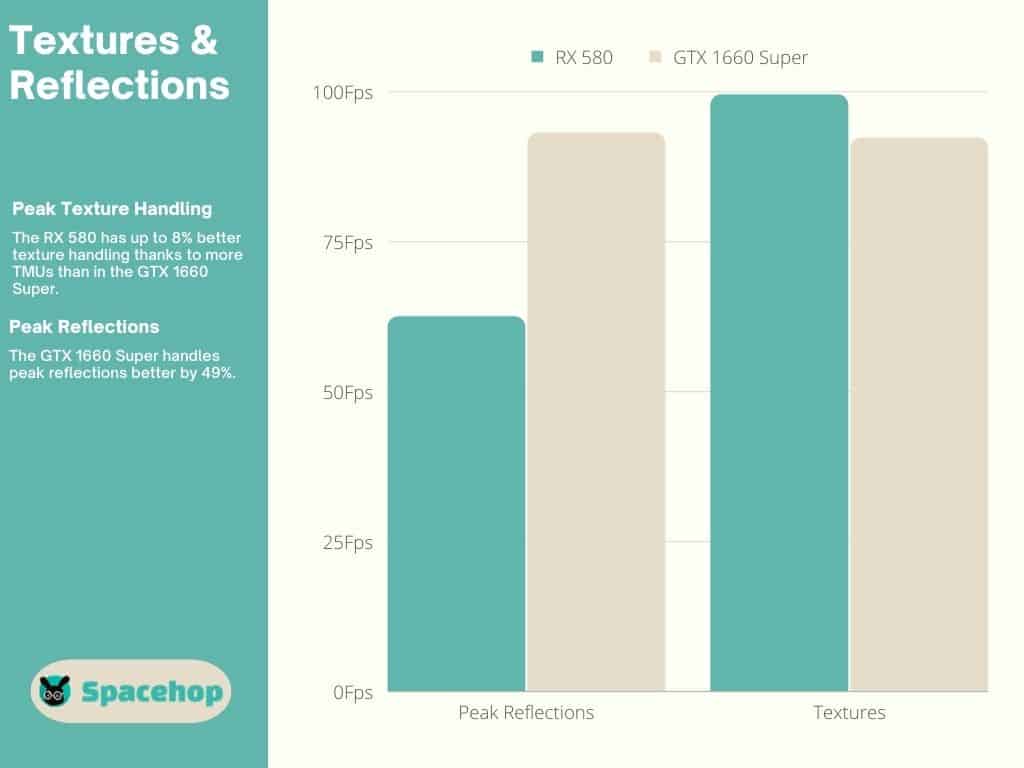
TMUs are another critical component for 3D rendering. Virtually every surface in a 3D environment has a texture “covering it.” AMD tends to include more TMUs in their cards than Nvidia does, and the result is that they handle textures better on average. The RX 580 has 144 TMUs, while the GTX 1660 Super has only 88. Nevertheless, the RX 580 handles textures just 8% better.
Ray Tracing

Both the RX 580 and the 1660 Super lack any ray tracing hardware, but the latter does support software-based ray tracing thanks to DirectX Raytracing support (another shading language). This might sound nice, but it’s not so good in actuality. Turning on ray tracing using the GTX 1660 Super slows down performance to an almost unplayable experience.
Winner: GTX 1660 Super
VRAM & Memory Specs
The RX 580 is available in two versions, 4 GB and 8 GB GDDR5 VRAM. Both are paired to a 256-bit memory BUS and have a bandwidth of 256 GB/s. Their memory clock is 2,000 MHz with an effective speed of 8 Gbps. The GTX 1660 Super was offered with 6 GB GDDR6 VRAM paired with a 192-bit BUS, supporting a bandwidth of 336 GB/s and an effective speed of 14 Gbps (clocked at 1,750 MHz).
Even though the RX 580 has a larger VRAM, its GDDR5 VRAM is slower compared to the GDDR6 VRAM in the GTX 1660 Super. Pushing your game settings toward max will eat up your VRAM, so having enough is important, especially for newer titles. However, having fast enough memory is also important, so the choice here boils down to what you personally need as a player.
Winner: Draw
Also Read: What are the Key Differences between VRAM and RAM
Performance
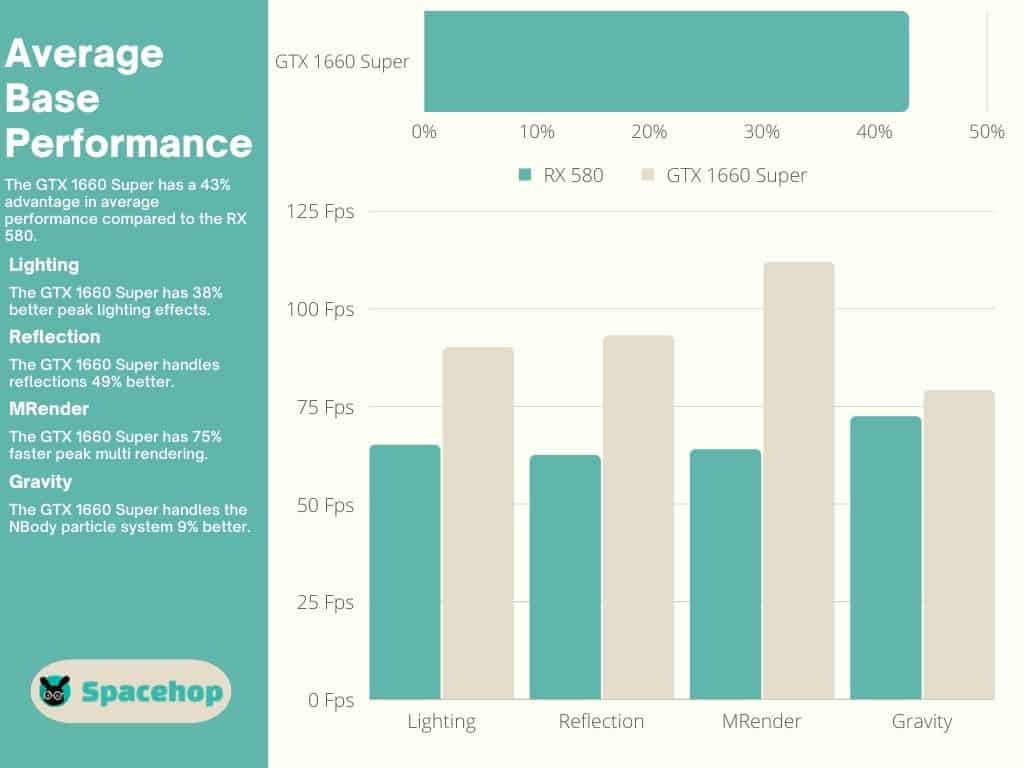
User benchmarks have the GTX 1660 Super performing 29% better than the RX 580 on average.
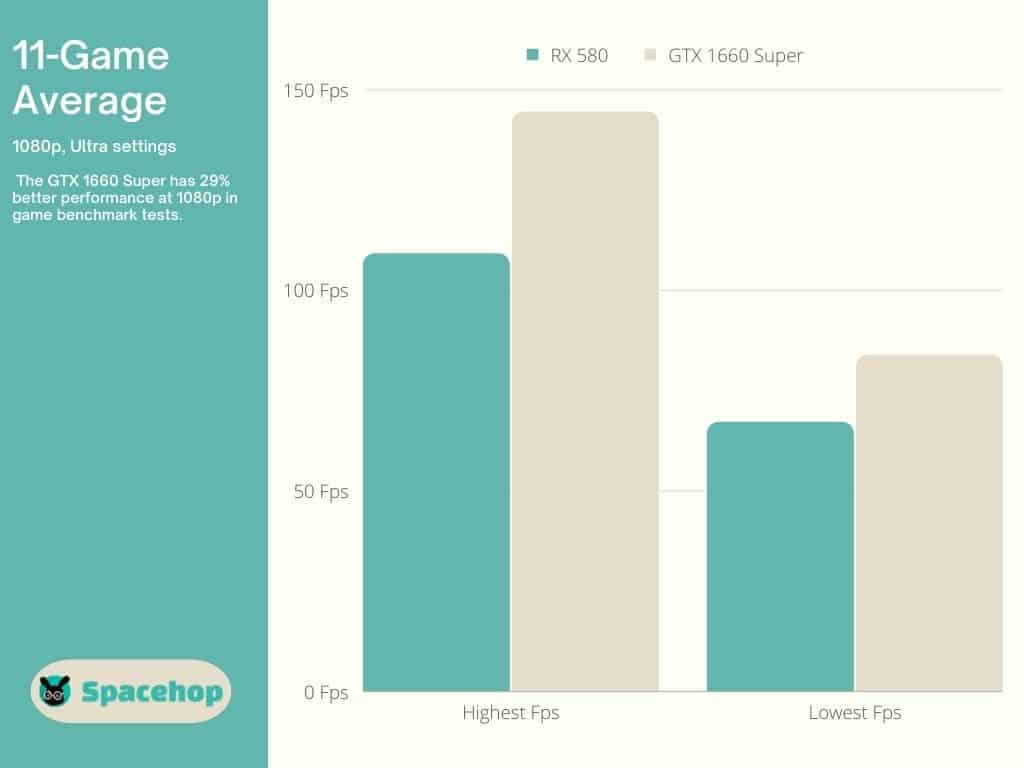
The GTX 1660 Super performs 29% better at 1080p, according to benchmark tests as well.
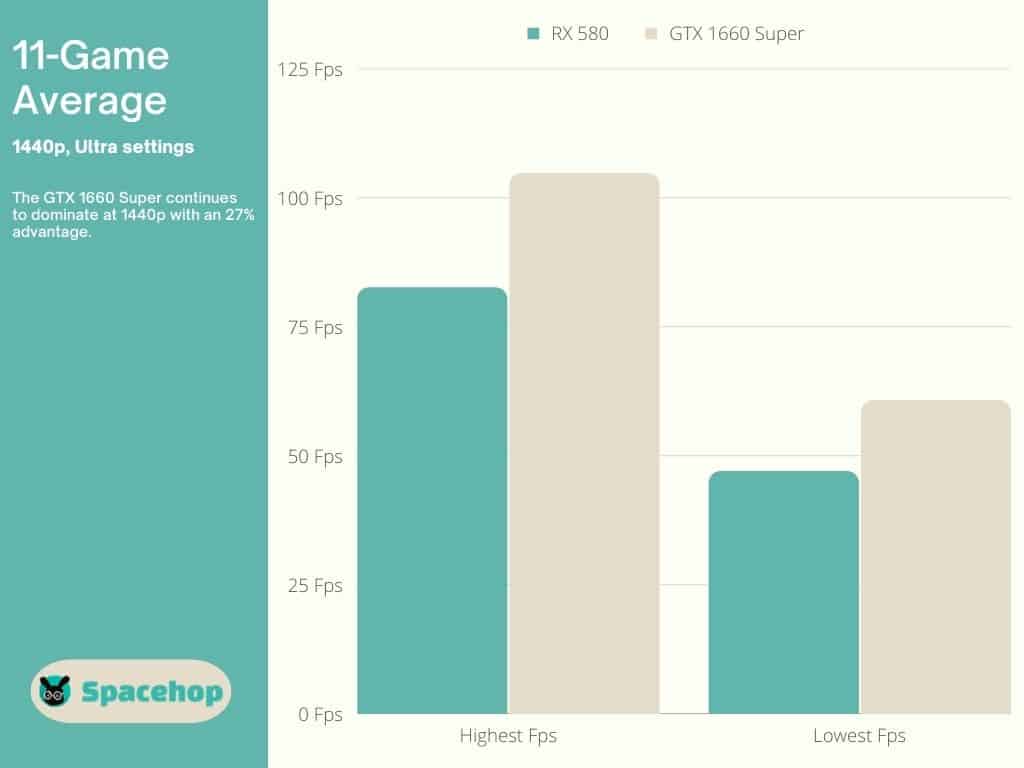
The GTX 1660 Super continues to perform better at 1440p, but its advantage drops to 27%.
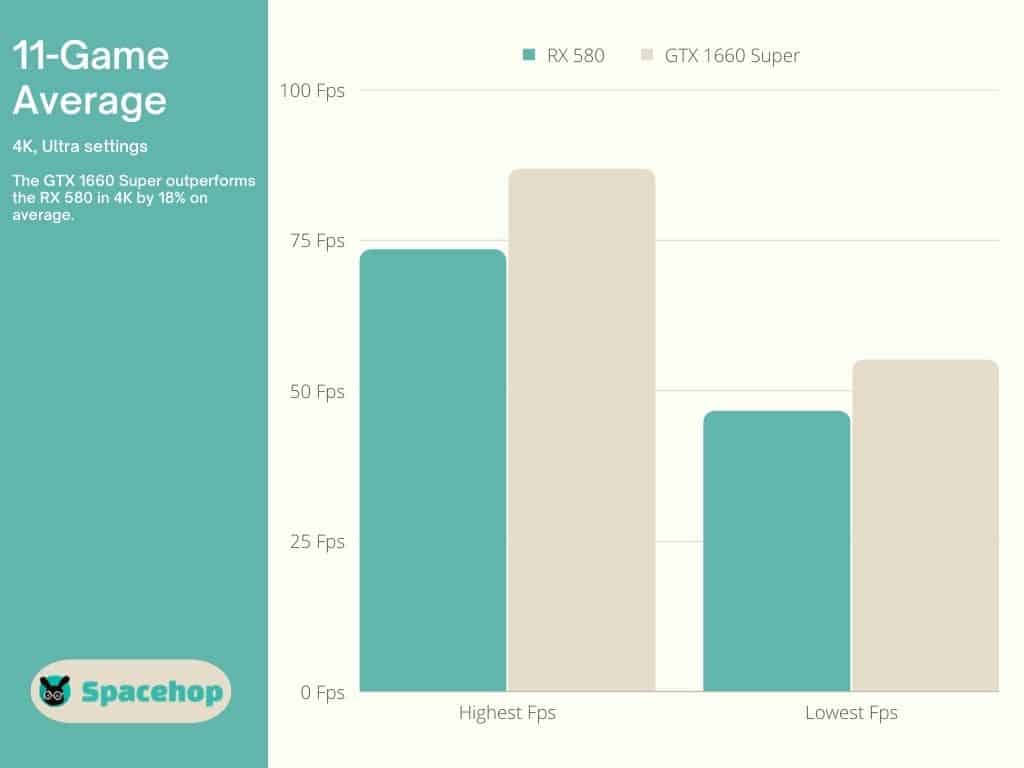
The GTX 1660 Super outperforms the RX 580 at 4K as well by a lower margin of 18%. 4K isn’t the optimal resolution for either of these cards, in my opinion, especially if you’re aiming for playing the newest titles. Thankfully, they excel at 1080p and 1440p.
Winner: GTX 1660 Super
Also Read: What’s the Difference between 4K and 1080p Resolution?
Connectivity
Both the RX 580 and the GTX 1660 Super use a PCIe 3.0 x16 to connect to your CPU. They both require an 8-pin PSU connector for power. The GTX 1660 Super FE has fewer output connections compared to the RX 580 FE. Both cards have one HDMI port. The RX 580 has three DisplayPorts, while the 1660 Super has only one and a DVI port.
Some third-party variants have completely altered connection options, often ditching the DVI port in the GTX 1660 Super and adding additional DisplayPorts.
Winner: RX 580
TDP
TDP is an abbreviation of three terms, two of which are important here; Thermal Design Power and Thermal Design Point. The first is how much power a subsystem is allowed to draw from your PSU, and the second is how much heat a subsystem is allowed to produce.
The RX 580 draws more power than the GTX 1660 Super. It requires a 500 W PSU to power its 185 W TDP. The GTX 1660 Super requires a 450 W PSU to power its 125 W TDP. The RX 580 also runs hotter, hitting 75℃ (167°F) at full load during testing. The GTX 1660 Super does slightly better, hitting 71℃ (159.8°F) during testing.
Winner: GTX 1660 Super
Standout Features
Ray tracing is available in the GTX 1660 Super due to the DirectX Raytracing update released in 2019.
GTX 1660 Super vs RX 580 – Pricing & Availability
Both the RX 580 and the GTX 1660 Super were released for the same $229 MSRP. We all know what GPU prices have been like in recent years, but you can find these cards close to MSRP now. Well, the GTX, at least.
I found several good deals for the GTX 1660 Super, one of which is below the MSRP. It’s a Zotac variant priced 6% below. The next best option is this EVGA variant, priced at 4% above. This ASUS TUF Gaming variant follows at 9% above. This MSI Gaming variant is priced 15% above. I recently grabbed a GIGABYTE version on sale (close to MSRP), but it’s now priced 50% above again, so timing is key!
I couldn’t find an RX 580 below MSRP except for this Jingsha variant 13% below. Jingsha is a Chinese manufacturer that produces cards mostly for ETH mining, but they’re great for gaming too. The next best choice is this XFX GTS XXX Edition, currently priced at MSRP. Sapphire Pulse variants seem to be the most expensive, priced at 43% and 52% above
*Prices and availability may differ when you read this article.
Conclusion
There is no doubt in my mind that the GTX 1660 Super is the better choice between these two cards. It offers much better performance at lower prices. It also supports newer technologies than the RX 580, such as DX Raytracing. It can handle some titles in 4K very well and others well enough. The RX 580 can do that, too, just not as well.
As if that was not enough, tallying up the winners of each segment of this 1660 Super vs RX 580 comparison obviously points to the GTX 1660 Super as the overall winner. I recently purchased this care, and I can safely say it’s a great investment in 2023, especially when compared to the RX 580!